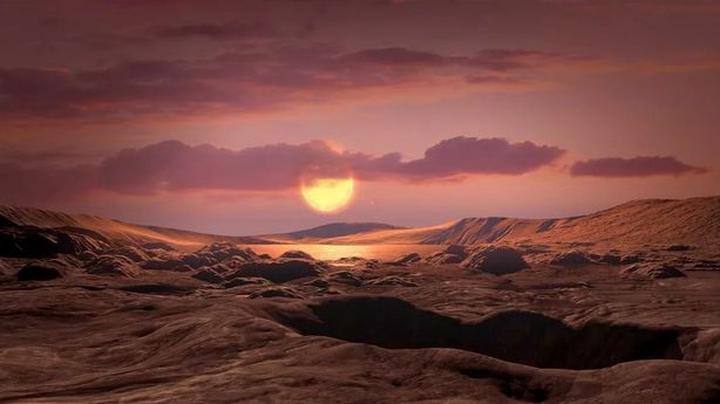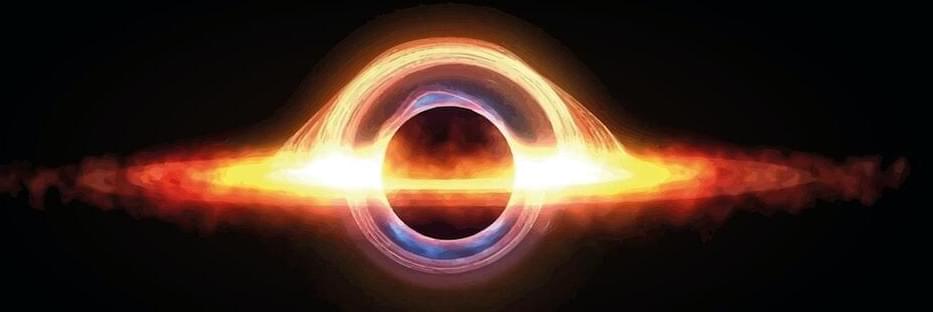Scientists have discovered an extremely rare star system that is doomed to explode in a ‘kilonova’ caused by the merger of two neutron stars.
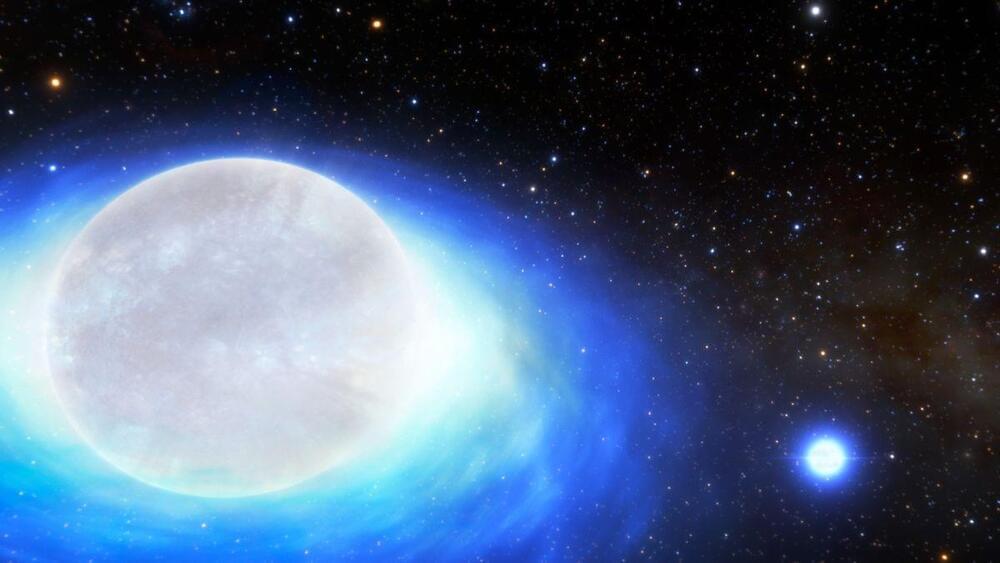

Astronomers are gaining a better census of the young Universe and its earliest galaxies.
Somehow, galaxies came together to kickstart the modern Universe. Astronomers have found surprises as they study ‘Cosmic Dawn’ with the Webb Space Telescope.
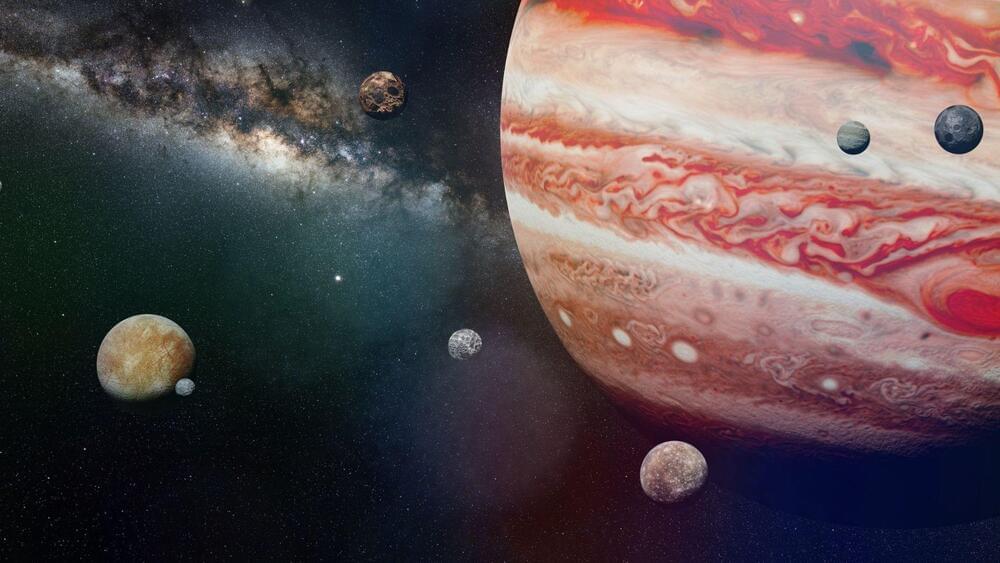
Some of the moons hadn’t been spotted yet because they are tiny, measuring less than 1 mile in diameter.
Astronomers discovered 12 new moons orbiting Jupiter, meaning the total number of moons we know to be orbiting the gas giant now stands at 92.
Up until the new discovery, Saturn, with its 83 confirmed moons, was thought to be the planet with the most moons.

We’ve got a new kind of ice on the block – medium-density amorphous ice (MDA).
It’s amorphous, which means that the water molecules are in a disorganised form instead of being neatly ordered like they are in the ordinary, crystalline ice you find floating in your Scotch on the rocks…
Amorphous ice is super rare on Earth, but scientists think that it might be the main type found in the frigid environment of outer space – because ice wouldn’t have enough thermal energy there to form crystals.
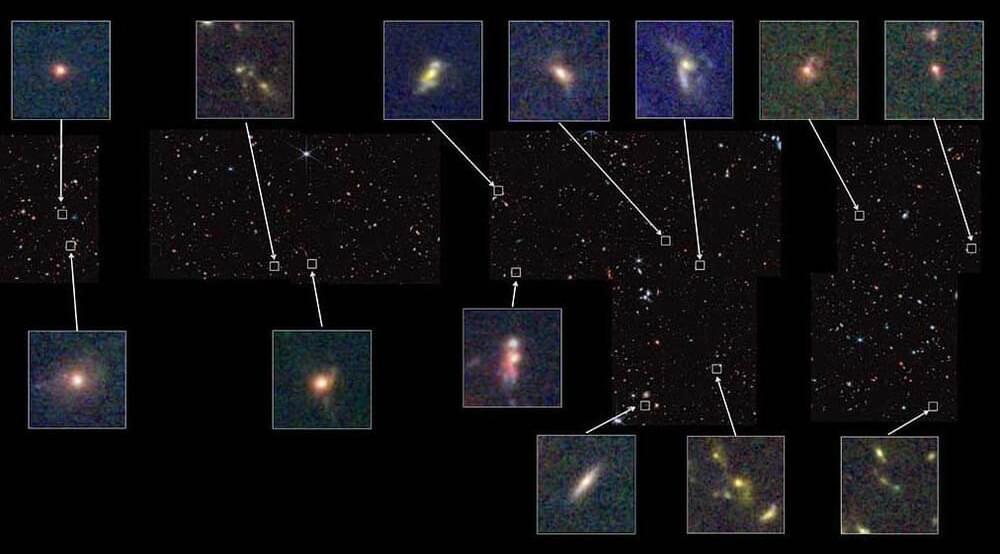
Images and spectra from the James Webb Space Telescope suggest that the first galaxies in the universe are too many or too bright compared to what astronomers expected.
Evidence is building that the first galaxies formed earlier than expected, astronomers announced at the 241st meeting of the American Astronomical Society in Seattle, Washington.
As the James Webb Space Telescope views swaths of sky spotted with distant galaxies, multiple teams have found that the earliest stellar metropolises are more mature and more numerous than expected. The results may end up changing what we know about how the first galaxies formed.
After more than a decade of observations, Northwestern University astrophysicist Jason Wang has constructed an amazing time-lapse video of four planets larger than Jupiter as they revolve around their star, giving viewers a one-of-a-kind glimpse into planetary motion.
Wang, assistant professor of physics and astronomy at Weinberg College of Arts and Sciences, pointed out that it can be difficult to detect planets in a rotating orbit, which is why this video of planetary motion is so striking.
Objects in our solar system, like Jupiter and Mars, are barely visible since we are in the same system and don’t have a top-down view, Wang explains in a statement. Planetary events occur too promptly or slowly, making it hard to capture video of planetary motion of this caliber.
An instrument on the James Webb Space Telescope suffered an interruption on January 15, and the likely culprit was a cosmic ray.
NASA and the Canadian Space Agency suspect that a cosmic ray strike is to blame for an anomaly on the James Webb Space Telescope.
